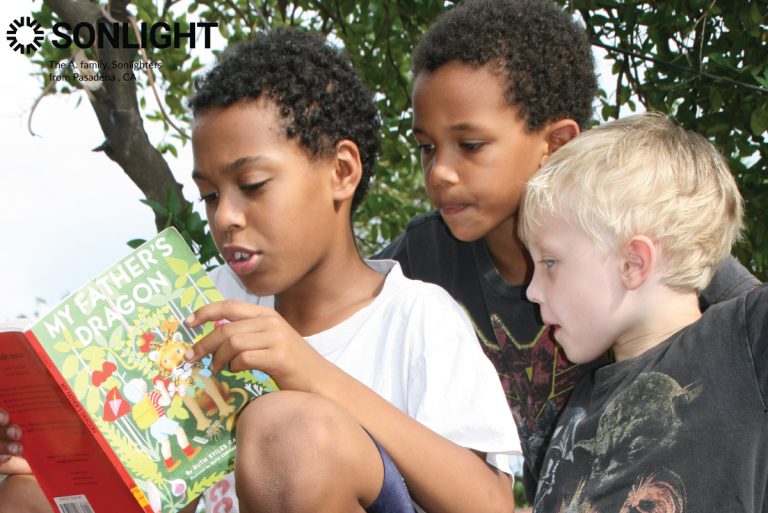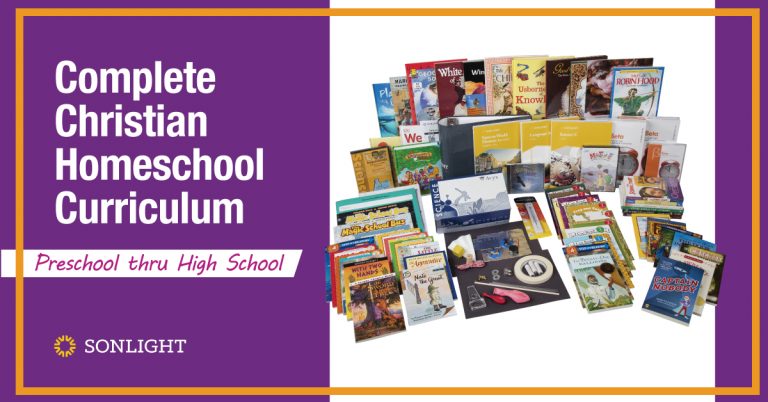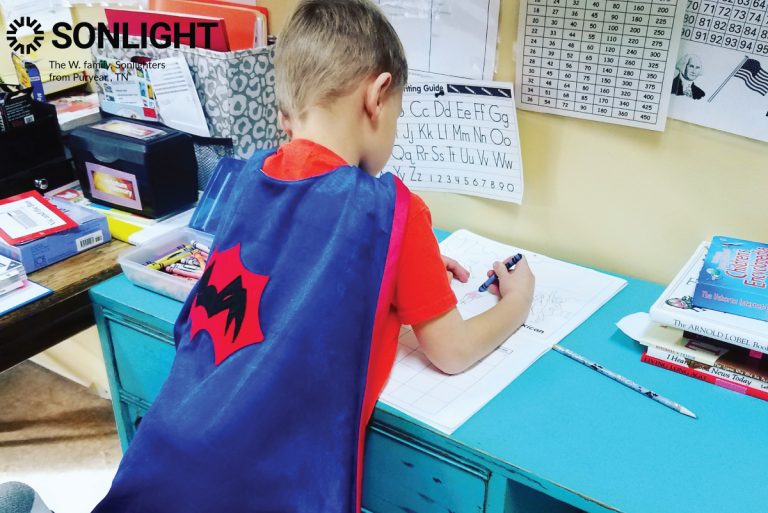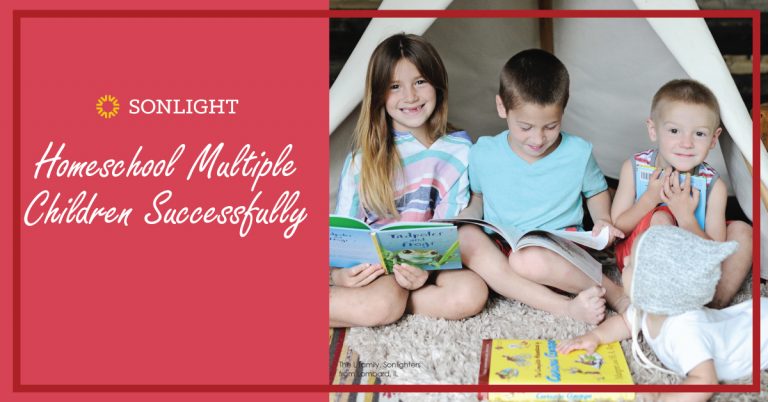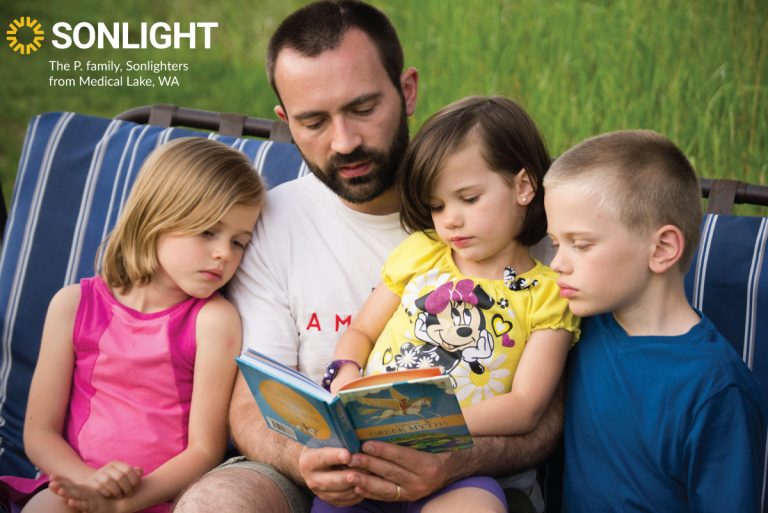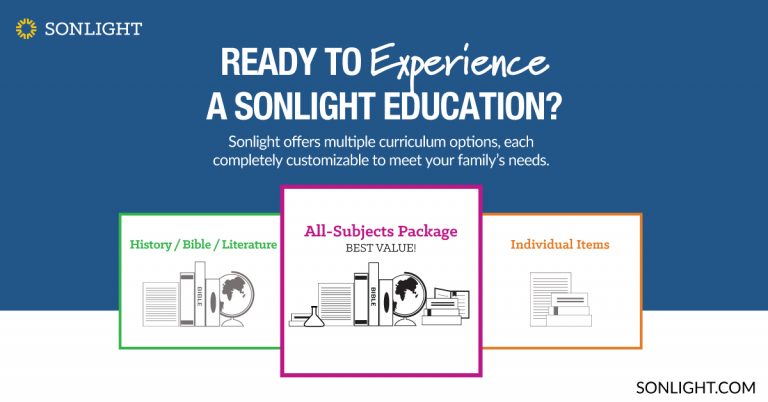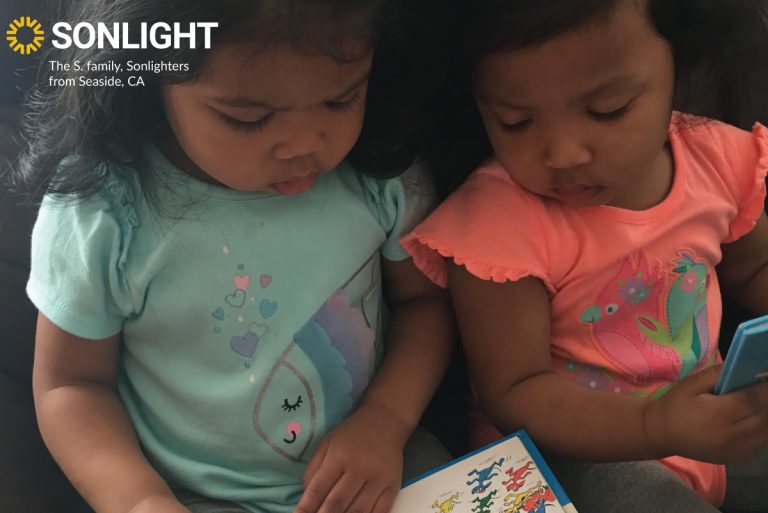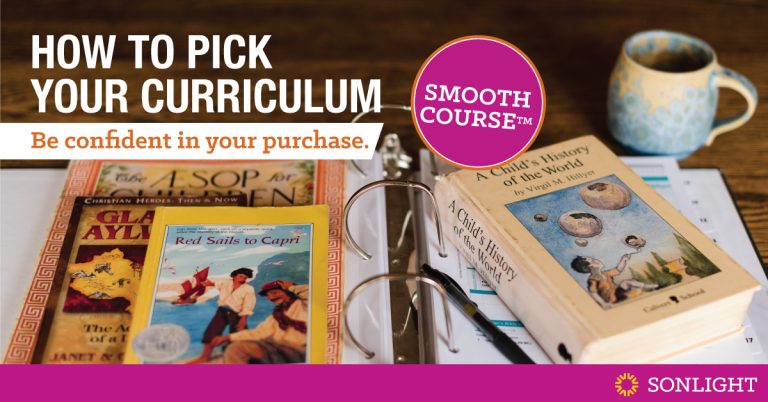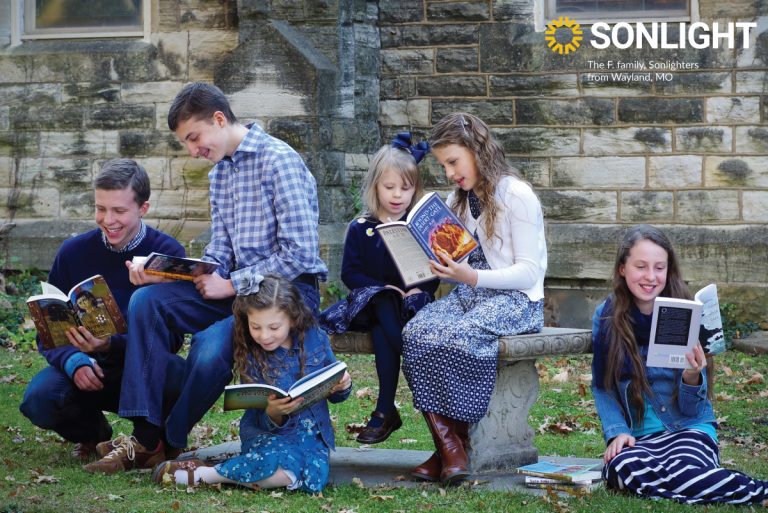
A few years ago, in part due to foster care and health issues among family members, we had eleven children under age twelve at our house every day for close to a year.
Growing from four children to eleven almost overnight was hard. However, I still had older children who needed to continue their homeschool curriculum, and I had groups of younger children who needed to be kept entertained all day long. We were forced to reframe how we viewed homeschooling. I needed practical homeschool hacks! These 17 techniques evolved during that intense period to help my large family thrive.
1. Create a Routine
The single most important thing I did to create a more peaceful homeschool experience when I had a lot of very young children in the house was to create a daily routine.
The first few weeks of that school year, I got very little work done, but I spent a lot of time creating a routine and going over expectations for work and behavior. Once the routine was established, we could start our days and get through quite a lot of work, even with interruptions, and always had a plan for what to do next.
The routine did not guarantee we completed every subject daily, nor did it magically bring peace and tranquility. But a good routine meant the children knew what to expect each day. While my attention was distracted, the older children who were used to the routine could seamlessly transition between activities and subjects, while the children newer to the routine could quickly adopt the routine as their own. Even if we got interrupted during the day, moving on to a different part of the routine could bring us quickly back to a more structured day and help us get more work done.
Doctors appointments, therapy visits, and the needs of many small children often dissolved our routine into chaos. Many days, we could accomplish only part of our routine before we got derailed. However, once the routine itself was well-established, we could easily jump back in at any point and pick up our routine with a minimum of fuss.
2. Teach Year-round, Week-round and/or Day-round
We usually follow Sonlight’s 5-day program, which runs 180 school days per year. But I quickly realized we had 365 days with which to teach those 180 days. We weren’t limited to weekdays only.
If I shortened our summer break dramatically, I could have more days to teach, and we would break our routine less often. I also began shortening our breaks for other holidays, and we soon wound up with enough extra days that we could teach less each day and still finish on time.
If we only completed half a day, we could find another half a day to complement it. Using extra time on the weekends and evenings helped us fit in even more learning without overextending ourselves further. I often tell new homeschoolers worried about schedules that we are much more likely to be found homeschooling at 10 pm on a Saturday night in July than on a Monday morning in September.
3. Teach in Short Bursts
Sometimes 10-15 minutes is all we could expect in between major interruptions. If we could, we kept going straight through longer time periods. But when my children were very young, we would plan to homeschool in short bursts. We would pick one subject, and I would assign just enough to fill up that time frame.
We would repeat these short bursts all day long, with plenty of breaks in between to give attention to the little ones. Exercise and physical play helped children release stored energy during the breaks, so when it was time to sit down again, everyone was ready to concentrate for a while.
4. Try Loop Scheduling
Loop scheduling is a simple way to organize a schedule to help keep you on track, even if you can’t find time to finish every subject every day. When using a loop schedule, every time we got off track, we just came back and did the next thing on the list. We had a couple subjects we tried to do every day, and let the loop schedule help us track the rest.
5. Stagger Activities
When homeschooling my very large family, I tried to break up our activities so we had a quiet activity that needed a lot of concentration, such as math, followed by a louder activity, such as music, or an activity that needed less deep concentration such as handwriting. This way the toddlers didn’t need to be quiet for long periods at a time. This flip-flopping between types of activities helped me reduce the number of breaks so we could finish our school day faster overall.
6. Stagger Meal Times
Often I would feed the younger children first, which allowed the older children to finish assignments and readings. Then, when the younger group finished, I would have the older group eat while the little ones played.
Toddlers tend to be less disruptive when their hands and mouths are busy, so I would often use this time to complete the subjects that needed the most concentration.
7. Read During Meals
At other times, I would read to my children while they ate, using the Bible lessons at breakfast, and Read-Alouds or History during lunch. Again, because they had something to concentrate on, the younger children would be more content to listen. I had my own meal afterward, while the children who were old enough would complete the after-meal chores.
8. Schedule the Little Ones First
Playing with the younger children first let them know I was willing to spend time and attention on them. When we were finished, they were usually more content to let me spend time with the older ones for a while.
9. Use a Buddy System
When homeschooling my very large family, I scheduled one or more of the older children to play with, read to, or spend time with one or more of the little children while I helped the others. This set-up not only helped to reinforce the bond between siblings and taught them to play together well despite age differences, but it helped show my little one they weren’t being forgotten.
10. Incorporate Music
Listening to educational music such as Bible memory work, or geography songs at strategic points during the day can help little ones to release energy. I often saved music learning for periods when tension was building.
11. Play Audiobooks
Using audiobooks, such as The Story of the World from History / Bible / Literature (HBL) G and HBL H allowed my older children a chance to listen while I entertained the little ones. You can also use audiobooks of Read-Alouds to catch up or get ahead while out and about in the car. If you’re going to be someplace where audiobooks might be less appreciated, such as a doctor’s office or therapy appointment, headphones are a godsend.
12. Switch Readers
A couple children were capable of reading the heavier Read-Alouds themselves, but I wanted to keep on top of the difficult topics discussed. So I had them read to me while I changed diapers and prepared meals. This allowed me to get more done while still addressing those hard topics and sensitive areas.
13. Use Video- or Computer-Based Teachers
One of the reasons I love Math U See is because I don’t have to be as involved in teaching as I do with some other programs. I can allow my children to watch the video and do the worksheets. If they have trouble with the problems, they can come back and watch the video again. And if they are still stuck, then I can help them. That leaves me more time to play and read with my younger children while knowing they are really learning.
14. Earmark Naptime
If you are fortunate enough to have children who take naps, you can use this time for your older children to do seatwork or other quiet activities. They can listen to audiobooks or music in their room, finish their reading, or even help you clean or make meals to help your school day go more smoothly.
15. Begin New Bedtime Stories
Many Sonlight books make great bedtime stories. After the little ones are tucked in, you might consider reading a chapter or two of a book before your older ones head off to bed. Some children might be upset by sensitive stories right before bedtime, so it does pay to look ahead and choose less intense books.
16. Get Others Involved by Asking for Help
I quickly learned that I can not do it all. There was no way I could be a teacher, babysitter, chef, art director, principal, taskmaster, timekeeper, school nurse, and psychologist all while playing housekeeper and mother as well. I had to learn to ask for help and, more importantly, I had to learn how to receive it.
Most importantly, I needed to learn to take time for myself so I could have the energy and desire to care for others.
One great aspect of homeschooling is that the entire extended family can be involved. My child can read a book to Grandma over the internet, or discuss their favorite story over dinner with dad. We can enlist an uncle to teach science, or an aunt to teach woodworking. We can delegate spelling practice to a cousin, or even have an older sibling read to a younger one.
17. Build in Cleaning Breaks
Taking the time to make sure the house is clean and organized before starting your day, and throughout the day helps to reduce distractions and help improve mood. Getting the toddlers involved by picking up their toys and wiping down tables, or the preschoolers involved by folding towels or vacuuming the floor works their large muscle groups, making it easier for them to sit more quietly later on.
That period of my life has passed. While I still have many children at home, the busy, chaotic, time of never-ending demands and constant need-filling has diminished to a much more manageable level. Homeschooling high schoolers is a different situation altogether! But I still use all of these techniques regularly, to manage my homeschool.



